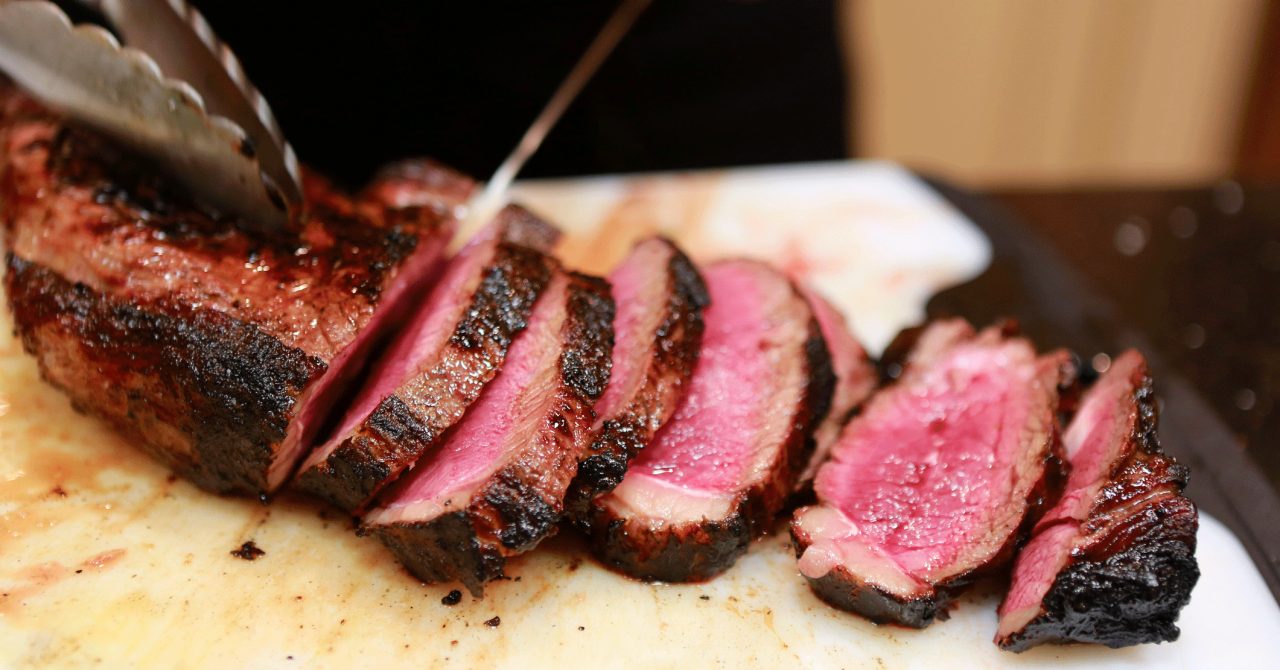Red Meat and the Risk of Heart Disease

For every daily serving of red meat, your risk for heart disease increases. But swapping beans, nuts, and soy foods for red meat can protect your heart.
Evidence from high-quality research suggests that eating a great deal of red meat is bad for you — especially if it is cured, salted, smoked, or otherwise preserved in some way. Bacon, sausages, hot dogs, ham, salami, and pepperoni can increase your risk of death and heart disease.
But if you load up on potatoes, bread, or pasta to make up for eating less red meat, you may not be better off. The key, nutritionists say, is to get more of your calories from nutritious sources, including fish, eggs, beans, nuts, soy, and dairy.
YOU MIGHT ALSO LIKE: Causes of High Cholesterol
Every serving of red meat increases your risk of heart disease
A study with 30 years of evidence supports that idea. For every serving a day of red meat, participants had a 12 percent higher risk of cardiovascular disease even after the researchers adjusted for age and other risk factors, including their overall diet. For every serving a day of processed red meat, the risk increased to 15 percent.
Replacing red meat with eggs, beans, nuts, soy, and dairy all lowered heart disease risk. Replacing red meat with rich fish like salmon lowered the risk but only after the year 2000, probably because, in the earlier years, men were more likely to eat their fish fried. Opting for poultry, however, didn’t help as much as you’d think.
The researchers drew from data contributed by more than 43,000 men in the United States. All were ages 40 to 70 (the average age was 53) when the study began. They worked as a veterinarians, dentists, pharmacists, optometrists, or osteopaths. They reported on their diet every four years. Nearly 4,500 cardiovascular events like a heart attack or stroke occurred in the group, 1,860 of which were fatal.
Earlier research found similar results for women and in other data on men. The conclusions in this study aren’t surprising, but they demonstrate more clearly what you need to be eating instead of that red meat.
What you can do
The first step is to cut back on regular processed meats. If you love sausage or bacon for breakfast, save it for Sunday once or twice a month. Don’t have salami or bologna sandwiches often. Roast beef is more expensive but better for you.
The study didn’t conclude that eating chicken every day was the solution. When you have a craving for meat, you might try mushrooms. You can grill portobello mushroom caps as a substitute for ground beef in a burger, or chop or ground cremini mushrooms into a patty. Another idea might be to mix mushrooms with a smaller amount of beef.
More heart-healthy food choices
- You might also try lentils. Brown lentils will give you a chunkier texture.
- Salmon burgers are pricier but as filling as a hamburger.
- If you go for pasta, consider pastas that contain beans or other grains besides wheat. Gluten-free pastas may also be better for you, even if gluten isn’t your issue.
- Quinoa became popular because it tastes good and provides the nine essential amino acids your body can’t produce.
- Tempeh is a kind of fermented soybean that is chewy, unlike tofu. It has a mild taste so will take on the flavor of any sauce you put on it. You’ll see barbecued tempeh on the menu in vegetarian restaurants.
- Eat nuts as a snack or put them in salads. If your salad also contains avocado, eggs, or cheese, you’ll end up with a hearty dish. For sandwiches, if you’re not a fan of peanut butter, you might check to see if you prefer almond, sunflower, or cashew butter.
Updated:
March 09, 2023
Reviewed By:
Janet O’Dell, RN